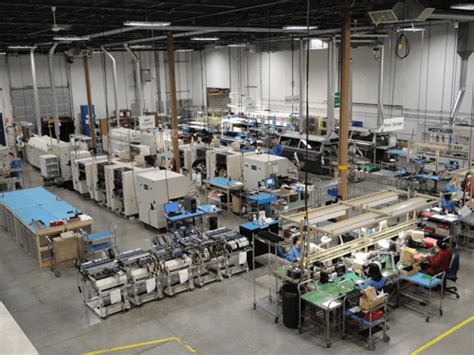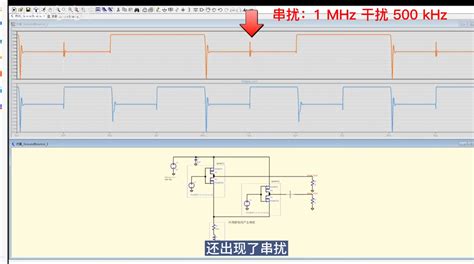Comprehensive Guide to PCB Assembly Services for Your Projects
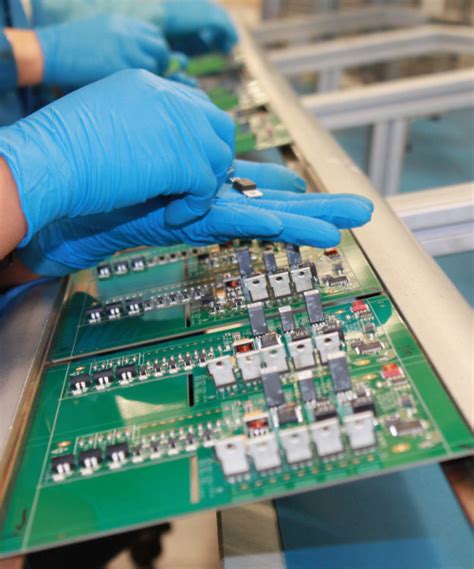
Key Takeaways
When it comes to pcb assembly, having a solid understanding of the ## Key Takeaways can significantly enhance your project’s efficiency and outcome. PCB assembly services are crucial steps in transforming a design into a functional electronic device. First, it’s essential to recognize that the entire process involves multiple stages, including design, manufacturing, and testing. Each of these stages plays a vital role in ensuring that the final product meets quality standards.
A successful pcba process hinges on incorporating best practices for quality control, which can be summarized in the following table:
| Quality Control Practice | Description |
|---|---|
| Design Reviews | Ensure design integrity before production. |
| Prototype Testing | Validate functionality with initial models. |
| Automated Inspections | Use technology for error detection during assembly. |
| Final Product Testing | Ensure the finished product meets specifications. |
By following these practices, you can mitigate common challenges that arise during PCB assembly, such as component placement errors or soldering defects. It’s also important to collaborate closely with your chosen service provider, as they do not only execute the assembly but can also offer insights into optimizing the overall process.
In conclusion, being aware of the key aspects of pcb assembly services, like effective quality control and collaborative practices with service providers, will lead you to make informed choices and improve project outcomes significantly.
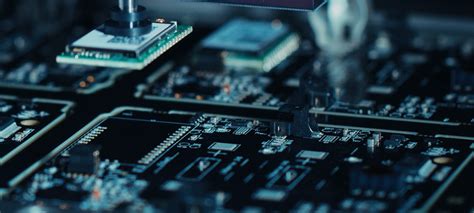
Understanding PCB Assembly Services: An Overview
PCB assembly, often referred to as PCBA, entails a series of critical processes that turn a printed circuit board (PCB) design into a fully functional electronic product. This service is foundational in the electronics manufacturing industry, where precision and quality are paramount. The pcb assembly process includes several stages: component placement, soldering, and inspection. Each stage plays an essential role in ensuring that the final product meets industry standards and performance expectations.
When embarking on projects that involve pcba, it’s crucial to understand not only the technical specifications but also the implications of assembly choices. For instance, surface mount technology (SMT) and through-hole technology are two popular methods for placing electronic components on PCBs, each offering unique advantages. With advancements in technology, automated assembly systems have significantly increased production efficiency while reducing the likelihood of human error.
Moreover, effective communication with your pcb assembly service provider is vital to clarify project requirements and quality standards. Keeping abreast of the latest trends in PCB technologies can also empower project managers and engineers to make informed decisions that enhance efficiency and reduce costs. Understanding these factors will enable both beginners and seasoned professionals to navigate the complexities of pcb assembly services with greater confidence and assurance of quality outcomes.
Essential Processes in PCB Assembly: From Design to Production
The journey of PCB assembly (often referred to as PCBA) begins with the initial design phase, where engineers create detailed schematics and layout plans for the printed circuit board. This stage is crucial as it sets the foundation for the entire assembly process. Once the design is finalized, it transitions to prototyping, where a small batch of PCBs is produced to test functionality and validate design specifications. Following successful testing, mass production can commence, involving several essential processes including screen printing, where solder paste is applied to designated pads on the PCB; component placement, in which automated machines position electronic components precisely onto the board; and reflow soldering, a method that uses heat to melt solder and permanently attach components.
As production progresses, it’s vital to adopt quality control measures at each stage. Inspecting for defects during component placement and ensuring correct soldering through thermal profiling are key activities that enhance overall quality. Understanding these essential processes not only improves efficiency but also ensures that the final PCBA meets stringent standards required for reliable performance in various applications. Each step from design through production plays a pivotal role in ensuring high-quality outcomes, making this knowledge indispensable for anyone involved in electronics manufacturing.
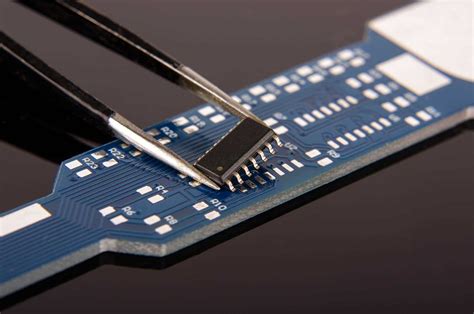
Best Practices for Quality Control in PCB Assembly
Quality control in PCB assembly is paramount, as it ensures the reliability and functionality of the final product. To maintain high standards, it is essential to implement a robust quality control framework throughout the pcba process. One effective method is to establish stringent inspection protocols at various stages of assembly, starting from the initial design review to the final product testing. Utilizing automated optical inspection (AOI) systems can significantly enhance defect detection, allowing for rapid identification of issues such as misalignment or soldering defects.
Moreover, fostering a culture of continuous improvement within the assembly team can lead to better outcomes. Regular training and skill development for workers not only boost morale but also enable them to identify potential quality risks before they escalate. Ensuring that tools and equipment are calibrated correctly is another critical aspect of quality control in pcb assembly. Regular maintenance checks prevent discrepancies that could affect production integrity.
It’s also advisable to document all quality control measures and findings meticulously. This practice creates a useful reference for future projects and helps identify trends that might indicate underlying problems in the pcba process. Remember that engaging all stakeholders—from design engineers to assembly workers—in discussions about quality control initiatives can enhance commitment and foster a shared responsibility for delivering high-quality products. By implementing these best practices, companies can significantly reduce potential errors, enhance efficiency, and ensure that their PCB assembly meets or exceeds industry standards.
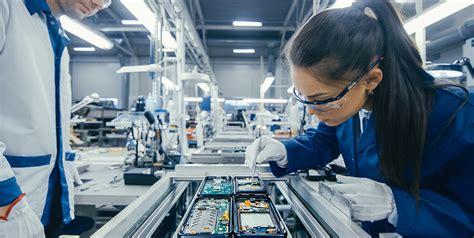
Common Challenges in PCB Assembly and How to Overcome Them
In the field of pcb assembly, various challenges can arise that may hinder the quality and efficiency of the final product. One of the most common issues is the misalignment of components during assembly, which can lead to defective connections and ultimately affect the functionality of the device. To counteract this, utilizing advanced PCBA techniques, such as automated placement systems, can greatly improve alignment accuracy. Another challenge often encountered is soldering defects, including cold joints or excessive solder. Implementing stringent quality control measures throughout the process will help to identify and rectify these issues early on. Additionally, designers may face difficulties related to design for manufacturability, where complex designs make assembly more challenging. Opting for simpler designs or engaging with experienced pcb assembly service providers can alleviate these concerns. Lastly, supply chain disruptions can delay production timelines; thus, establishing strong relationships with multiple suppliers ensures that necessary components are readily available when needed. By addressing these challenges proactively, projects can achieve both efficiency and high-quality outcomes during the pcba process.
Tips for Efficient PCB Assembly: Optimizing Time and Resources
Efficiency in PCB assembly is crucial for ensuring that your projects are completed on time and within budget. One of the first steps to achieving this is to have a well-defined design. Utilizing advanced software tools for PCB design can help identify potential issues early in the process, minimizing the chances of costly revisions during assembly. Additionally, standardizing components across multiple projects can significantly streamline the PCBA process. By choosing common parts, teams can reduce lead times and simplify inventory management.
It is also essential to maintain clear communication among all stakeholders involved in the PCB assembly process. This includes designers, engineers, and the assembly service provider. Regular updates and feedback can help address any challenges before they escalate into major roadblocks. Implementing lean manufacturing principles can further enhance efficiency by eliminating wasteful practices and focusing on value-added activities.
Lastly, investing in high-quality tools and equipment is vital for achieving optimal results in PCBA. Utilizing state-of-the-art machinery not only increases accuracy but also reduces processing times. In summary, through careful planning, effective communication, standardization of components, and investment in quality resources, you can optimize both time and resources in your PCB assembly projects, ultimately leading to higher-quality outcomes.
Choosing the Right PCB Assembly Service Provider for Your Projects
Selecting the right PCB assembly service provider is crucial for the success of your projects, whether you are a novice or a seasoned professional in the field. There are several factors to consider that can significantly impact the quality and efficiency of your PCBA needs. First, it’s essential to evaluate the provider’s expertise and experience in handling projects similar to yours. Look for companies that demonstrate a strong portfolio and have been in the industry for a substantial period.
Additionally, consider the technology and equipment used by the service provider. A company that utilizes state-of-the-art machinery is likely better equipped to deliver high-quality results. It’s also important to assess their capabilities concerning both low-volume prototypes and high-volume production runs, as this flexibility can greatly benefit your timeline.
Furthermore, communication plays a vital role in establishing a successful partnership. A responsive team that provides regular updates can help ensure that issues are resolved quickly, preventing delays in production. Lastly, don’t overlook customer reviews and testimonials; they can provide valuable insights into other clients’ experiences with their PCB assembly services.
By carefully evaluating these factors, you can choose a PCB assembly service provider that aligns with your specific project requirements, ensuring an optimal blend of quality and efficiency throughout your assembly process.
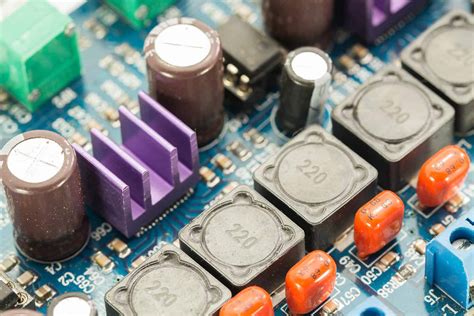
Innovations in PCB Assembly Technology: What You Need to Know
The field of pcb assembly is witnessing rapid advancements, driven by the need for more efficient production methods and the rising complexity of electronic devices. One notable innovation is the introduction of automated assembly systems that improve precision and speed. These systems utilize robotic pick-and-place machines that can more accurately position components on printed circuit boards (PCBs), reducing human error and increasing production rates. Additionally, advancements in surface mount technology (SMT) have enabled smaller component footprints, allowing for denser layouts without compromising performance.
Another significant development in pcb assembly is the integration of smart manufacturing principles, often referred to as Industry 4.0. This entails using real-time data analytics and IoT technology to monitor production processes actively, ensuring efficiency and quality control across various stages of the assembly. For instance, employing machine learning algorithms can predict potential defects by analyzing historical data, enabling proactive measures before issues arise.
Moreover, manufacturers are increasingly adopting flexible electronics and adaptive manufacturing techniques. This shift allows companies to quickly adapt to changing market demands without undergoing extensive retooling processes—making it a game-changer for industries that operate on tight timelines. As we look toward the future, it is clear that these innovations are not only enhancing the capabilities of pcba but also setting new standards for quality and reliability in electronic manufacturing.
“Investing in advanced pcb assembly technologies today prepares your projects for success tomorrow.”
By remaining aware of these technological trends and considering their implications for your projects, you can make informed decisions that enhance both efficiency and competitiveness in a rapidly evolving market.
Conclusion
In the realm of electronics, pcb assembly plays a crucial role in transforming innovative designs into functional products. Understanding the intricacies of pcba, or printed circuit board assembly, is essential for anyone involved in electronics manufacturing. Throughout this guide, we’ve emphasized the importance of mastering essential processes, such as the transition from design to production, ensuring that each component aligns with your specifications. Moreover, adhering to best practices for quality control not only enhances the reliability of your products but also fosters customer satisfaction. Every project presents its unique challenges, but by implementing strategic solutions, these hurdles can be effectively navigated. Furthermore, optimizing time and resources through informed decision-making can significantly improve efficiency in your pcb assembly tasks. With technological advancements continually reshaping this field, staying informed about innovations in pcb assembly technology ensures that you remain competitive and can deliver top-notch results to your clients. In summary, thorough preparation and understanding of both processes and potential pitfalls will greatly contribute to a successful assembly experience, ultimately reflecting on the quality of your electronic products.

FAQs
What is PCB assembly?
PCB assembly, or PCBA, refers to the process of soldering electronic components onto a printed circuit board (PCB) to create a functional electronic circuit. This includes both surface mount and through-hole components.
What are the main steps involved in the PCB assembly process?
The PCB assembly process typically involves several key steps: preparing the PCB, placing components, soldering connections, inspection, and testing. These steps ensure that the final product meets the required standards for quality and functionality.
Why is quality control important in PCB assembly?
Quality control is crucial in PCB assembly to minimize defects, ensure reliability, and maintain performance. Implementing best practices helps identify issues early in production, which can save time and costs.
What are common challenges faced during PCB assembly?
Common challenges include component misalignment, soldering defects, and contamination. Understanding these issues allows manufacturers to develop strategies to mitigate them effectively.
How can I optimize my PCB assembly process for efficiency?
To optimize your PCBA, focus on streamlining workflows, using automated equipment when possible, and investing in training for your technicians. Efficient resource management plays a key role as well.
How do I choose a reliable PCB assembly service provider?
When selecting a provider for your PCB assembly, consider their experience, reputation, manufacturing capabilities, quality certifications, and customer reviews. A thorough evaluation helps ensure that they can meet your project requirements.


